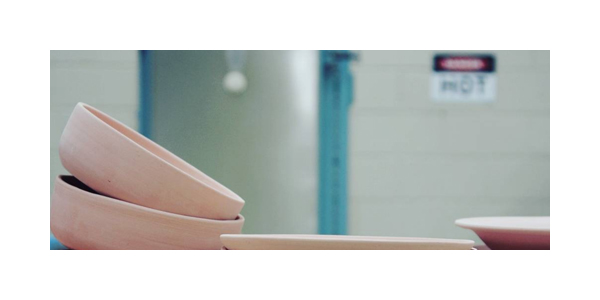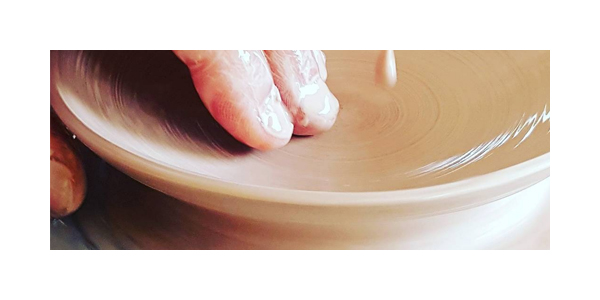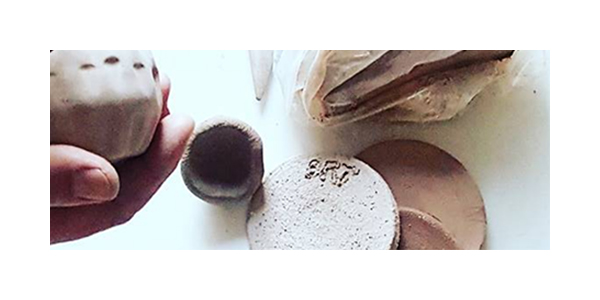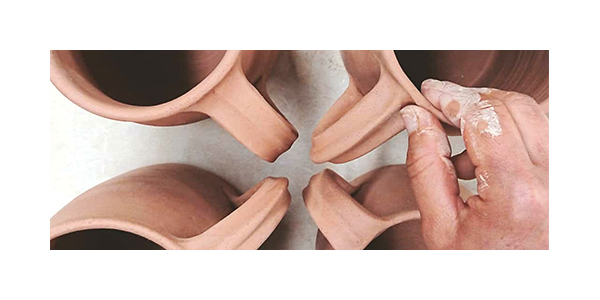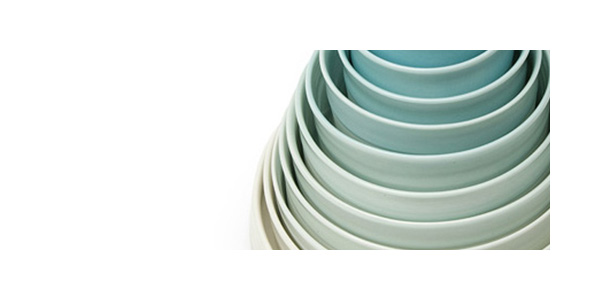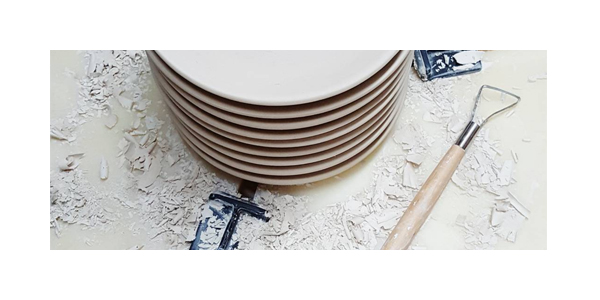-
Intro to wedging clay
This video introduces the process of wedging clay as part of preparing your clay for throwing. Primarily focusing on the Rams head method of wedging. This is a useful part of my throwing summary.
-
How to throw a pot on the wheel
This video provides a simple summary of the steps involved in throwing a pot. It includes centering, opening up, pulling up walls and cutting your pot off the wheel head.
-
Temperature and Cones
This worksheet covers how cones are used to indicate heatwork and how this relates to temperature. This worksheet includes a handy chart of corresponding temperatures and cones.
-
Throwing summary
Summary of the steps involved in making a pot on a wheel.
-
Types of clay
Commonly available processed clay types fall into the following broad categories. EarthenwareEarthenware is nonvitreous pottery that has normally been fired at relatively low temperatures. Non-vitreous means it may be still porous and not watertight. MidfireMidfire clays are formulated to provide some of the strength of stoneware whilst not being fired as high. Stoneware Stoneware fires
-
Stages of clay
This worksheet covers the different stages of clay as it goes from wet clay out of the pack to a finished item. It includes information about reprocessing clay.
-
Calculating finished size
Clay shrinks at every stage of the making process so you may need to be able to calculate the final size. You can find information about the shrinkage of a particular clay by visiting the clay supplier’s website – sometimes it’s even on the pack. Once you have the shrinkage rate, use the calculators here:
-
Trimming a pot
This studio note describes how to trim a pot. Trimming a foot-ring or just tidying up the base of your pot can really enhance the function and form of your pots. This worksheet looks at trimming a basic foot-ring and runs through some basic types of foot. https://tufts.au/wp-content/uploads/2023/05/Pottey-Notes-2023-6-trimming.pdf
-
Weights and measures
This pottery note contains dimensions for making some common functional items. It includes suggested starting weights for clay. This is mostly for wheel-thrown pots but could be useful for hand-building too. Remember there is extra clay for timing and turning foot-rings etc. Use these as a starting point and adjust as you go. Remember to

